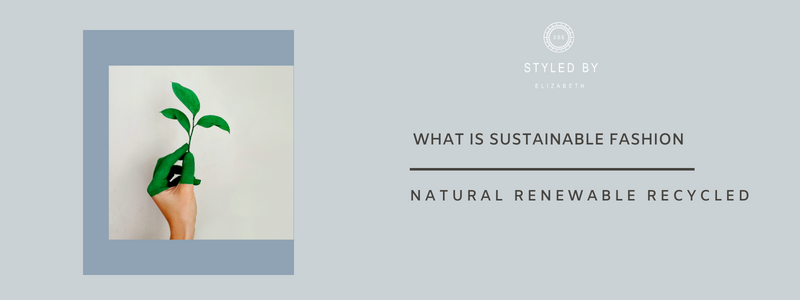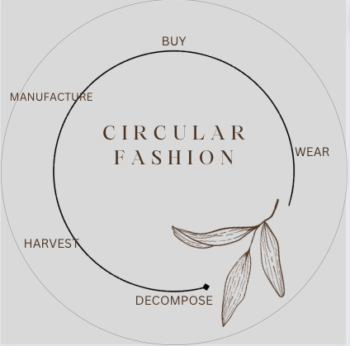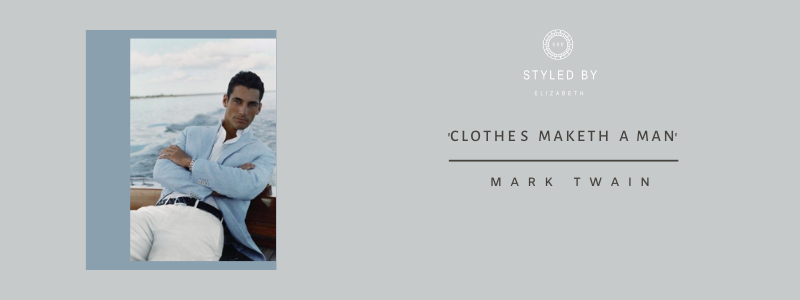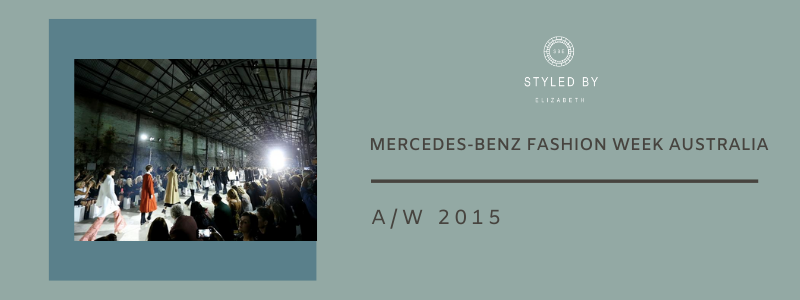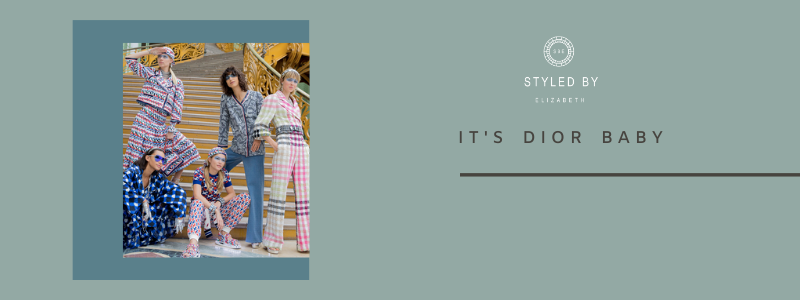Consumers and fashion firms alike are turning to sustainability as a guiding light.
This subject has its complexities, so let us break it down somewhat. Firstly what is ‘Sustainable Fashion’?
Sustainable fashion is an approach that takes into account both the environmental and socioeconomic effects that fashion has. Businesses that fall under the category of sustainable fashion do so in an ethical and responsible manner, and they strive to be very transparent in both their supply chains and their business practices. That said sustainable fashion is anything but simple. It is quite a complex labyrinth to navigate with many factors to be considered.
Some significant challenges manufacturers face in working towards making the industry more sustainable and eco-friendlier:
Cost of Sourcing Raw Materials.
Environmental Challenges.
Lack of Technological Advantage.
Labor Issues.
Difficulty in Finding Resources.
Fashion brands that have implemented sustainability at all stages of production are defined as ‘Sustainable Fashion’. But some brands only fulfill a few sustainability criteria.
A number of the most popular sustainability criteria can be found below:
Circular material flow / closed loop systems/cradle to cradle
Eco-friendly production & packaging
Emission reduced production
Fair, social & ethical
Handcrafted
Good quality
Organic materials
Produced locally
Recycled & recyclable
Resource-saving production
Upcycled
Vegan
Waste reduction
Fabrics made from environmentally friendly sources, such as sustainably farmed fibre crops or recycled materials, are referred to as sustainable apparel. In addition to upcycling and recycling garments, sustainable fashion often makes use of second-hand retail repairs. It also describes the process used to create these fabrics.
How can we play a part as responsible consumers, and what is the definition of sustainable shopping? Sustainability Victoria(2) has reported on this; clothing, footwear, and accessories are designed, manufactured, and disposed of in a manner that is environmentally, socially, and health conscious, with the goal of minimizing the industry’s negative effects on the environment. This strategy encourages people to buy fewer, higher-quality items and to think about how the products are manufactured. Sustainable fashion designers and consumers think about how to employ recycled and ecologically friendly materials, as well as how to recycle and dispose of clothing properly at the end of its useful life.
According to ProBono Australia (1) research, more and more buyers have been requesting to become more environmentally conscious in the previous year. The number of people looking for “sustainable fashion” has increased dramatically. Since 2010, there has been a 66% increase in searches for sustainable fashion or similar keywords, according to the Global Fashion Search Platform List, which tracked over 100 million searches over 5 million goods. However, surveys show that while 60 percent of millennials claim to be interested in certified apparel, only 37 percent have actually purchased any.’ According to Nielsen, the sustainability market is expected to exceed $150 billion in sales by 2021.
‘When it comes to pollution, the fashion sector is one of the worst offenders. The US Environmental Protection Agency estimates that 26 billion pounds of textiles wind up in landfills each year. Most of us, realistically, aren’t going to stop buying all of a sudden, and it’s unlikely that we will completely abandon quick fashion. Many people, on the other hand, are willing to change their habits for the better by taking into account long-term viability. It’s encouraging to see both the fashion industry and consumers adopting a more environmentally conscious mindset. We have the power as customers to effect positive change and persuade industries to adopt a more sustainable strategy by changing our buying habits. Cost, Quality, and Material will all be visible differences and strong indicators of brands that use a sustainable strategy. It may be more expensive at first, but as this application becomes the norm, it will become more affordable.
Circular fashion is a system where our clothing and personal belongings are produced through a more considered model: where the production of an item and the end of its life are equally as important.
How to shop for fashion in a sustainable way – Ask yourself five questions before making a purchase;
Is it truly necessary?
Was the apparel produced by an ethically certified brand?
Is the clothing created out of recycled or eco-friendly materials?
What kind of packaging do fashion purchases come in?
Is it possible for me to recycle some of my clothes?
Consider the compounding effect, which is a strategy for reaping large rewards over time from what appear to be modest, meaningless efforts, in the long run, reap enormous results. Individually, we can have a great beneficial impact; think about what we can accomplish as a group.
Please reach out if you would like helpful links
Elizabeth Zielinski
Styled By Elizabeth

